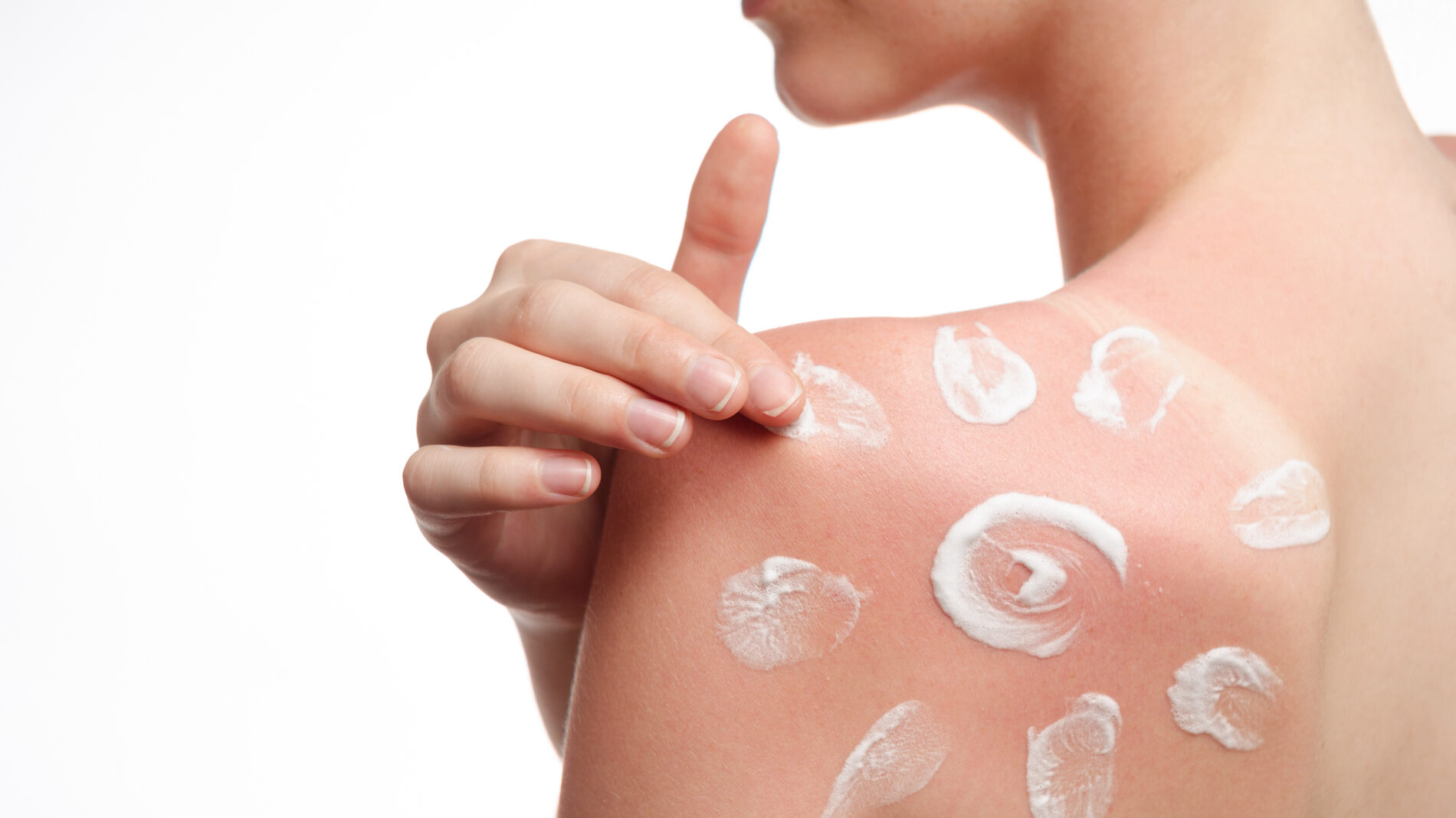Risks and Prevention
BCCs, SCCs and melanoma cancers rarely spread so there is little risk to life. However, anyone showing signs of these cancers should always see their doctor. They are usually treated by surgery or radiotherapy. Melanomas are potentially much more serious as most of them can spread to other parts of the body and can therefore threaten life. However if detected early they can be treated successfully and 98% of patients diagnosed with Stage 1 melanoma will survive 5 years. We are focusing on melanomas on this page.
Although half of melanomas occur in people over 65, they can occur from adolescence onwards. They are getting commoner each year, possibly due to taking holidays in sunnier climes. Most melanomas will occur on skin exposed to sunlight but can occur on other parts of the body.
The biggest risk factor is UV radiation from sunlight and sun-beds. Some will arise in skin damaged by sunburn in early life.
The risk is also increased if you have:
- A large number of moles (over 50) or a lot of freckles.
- Pale skin.
- Red or blonde hair.
- Blue eyes.
- A close relative who has had melanoma.
- Had a melanoma previously.
- Any condition, or you are taking a drug, that suppresses your immune system.
To reduce your risk of melanoma:
- Avoid over-exposure to the sun.
- Know your skin type (see below).
- Protect your skin with clothes, a hat and sunglasses, particularly between 11am and 3pm on a sunny day.
- Use a sunscreen of at least SPF30 and re-apply regularly, but remember no sunscreen will provide 100% protection.
Comprehensive information and advice about your skin type and sun awareness from the British Association of Dermatologists can be found here.



